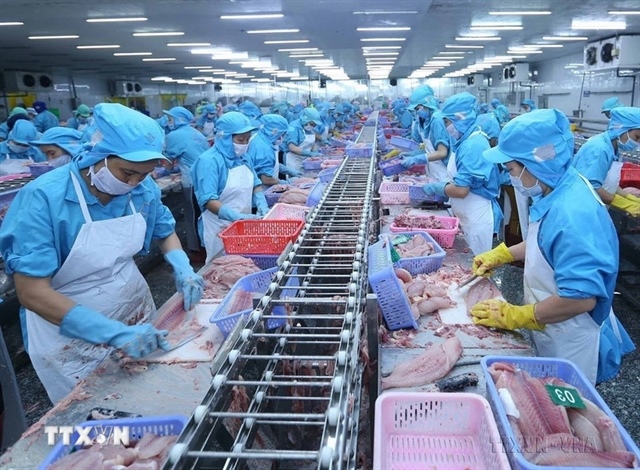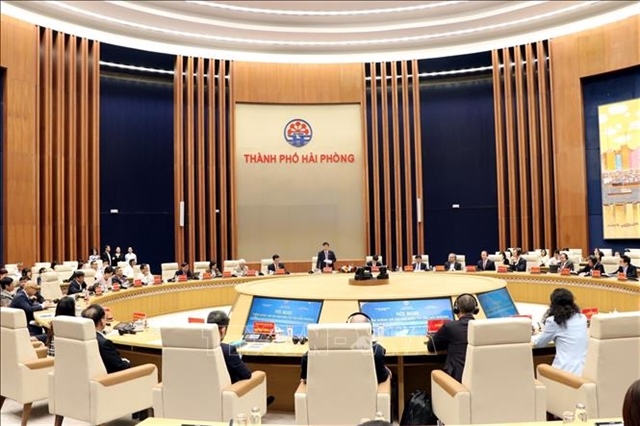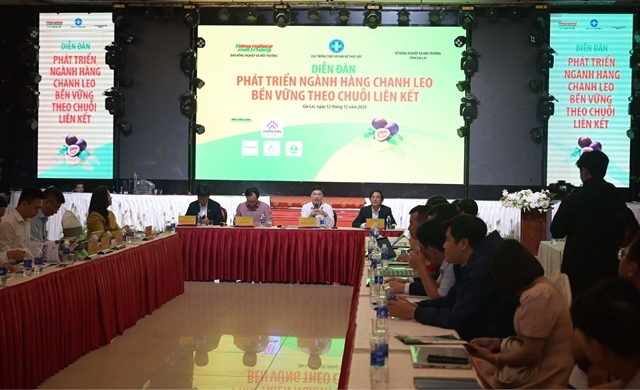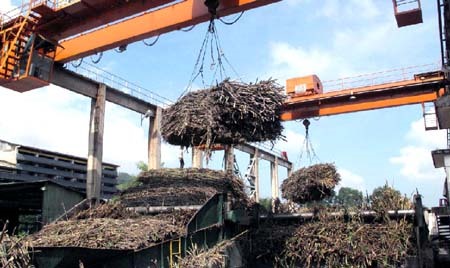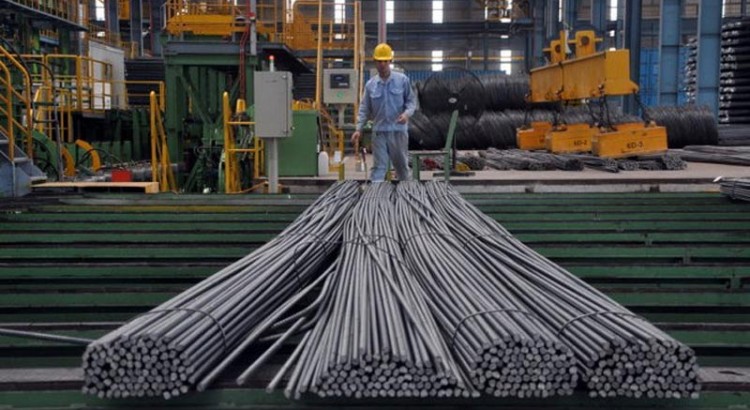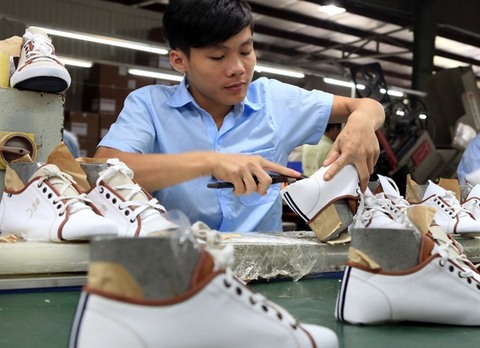Agricultural innovation needed for growth
Agricultural innovation needed for growth
Without a proper supply chain, Viet Nam’s agriculture may be in for a harsh winter.
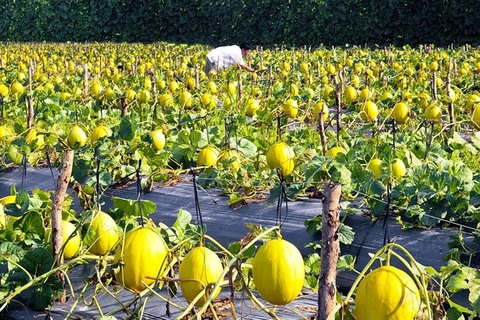
An alarming fact mentioned during Tuesday’s 2018 Viet Nam Spring Agricultural Forum is that at present, the country’s entire agricultural sector has about 700 safe product value chains, but only half of them seem to operate effectively.
Certain limitations persist within the agricultural value chain from input, production, post-harvest processing, to end consumption or export purposes, said Nguyen Duc Thanh, Director of the Vietnam Institute for Economic and Policy Research (VEPR).
Thanh recommended applying modern science and technology innovations to the current supply chain, though he was uncertain how to best implement such an approach for the benefit of farmers, distributors and buyers alike.
He also alluded to the recent rise of ‘Agriculture 4.0’, understood as intelligent production based on breakthrough technological achievements such as motion sensors, agricultural robots, or the application of Blockchain technology in product traceability.
Vu Truong Ca, Co-founder of the LINA Network, said that by using Blockchain technology, firms can cut down on the cost of product origin management to near zero.
But Thanh remained skeptical, saying that Vietnamese agricultural producers have yet to understand either the importance of a well-functioning value chain or the application of such a modern technology, leading to a mess of information, or lack thereof, that ultimately befuddles buyers.
Deputy director of the Field Crops Research Institute Dao The Anh considered the lack of modern technology to be a major constraint in the national agricultural product value chain, resulting in high input costs and inefficient production.
Low-cost agricultural chains are characterised by high transaction costs, low-level processing technology, limited use of technological advances in production, and the absence of communication between policymakers, businesses and farmers, said The Anh.
He criticised the abuse of fertilizers, pesticides and excessive use of water, alongside a small scale of production, fragmented with excessive use of manual labour and inconsistent output quality. In addition, there is a lack of standard warehouses, poor transport and packaging methods, and too many intermediaries.
This means post-harvest losses are high, up to 32 per cent of total yield for fruits and vegetables, 14 per cent for meat and 12 per cent for seafood, relatively high compared to other countries in Southeast Asia, he added.
Deputy Director General of the Cultivation Department under the Ministry of Agriculture and Rural Development (MARD) Tran Xuan Dinh said that Vietnamese agricultural exports often face technical barriers, especially when exporting to developed countries.
Dinh admitted that though there have been many State policies related to said issue, they are rather inadequate and unreasonable when put into practice.
He also said that investment in the agricultural field is limited even for foreign companies, because of high risk due to Viet Nam’s imminent climate change and under-developed infrastructure in remote rural areas.
In order for Vietnamese farmers to sustainably develop agricultural value chains, he strongly advised the promotion of linkage between rural agricultural cooperatives and distributors, as well as public-private partnerships in infrastructure investment.
The State should also implement supporting policies for enterprises, such as low-interest loans and subsidisation, while planning large-scale agricultural production areas in a concentrated and modern manner.
Tuesday’s agricultural forum was organised by VEPR, in collaboration with the Agricultural Alliance, focusing on innovating the supply chain to improve national agricultural competitiveness.


